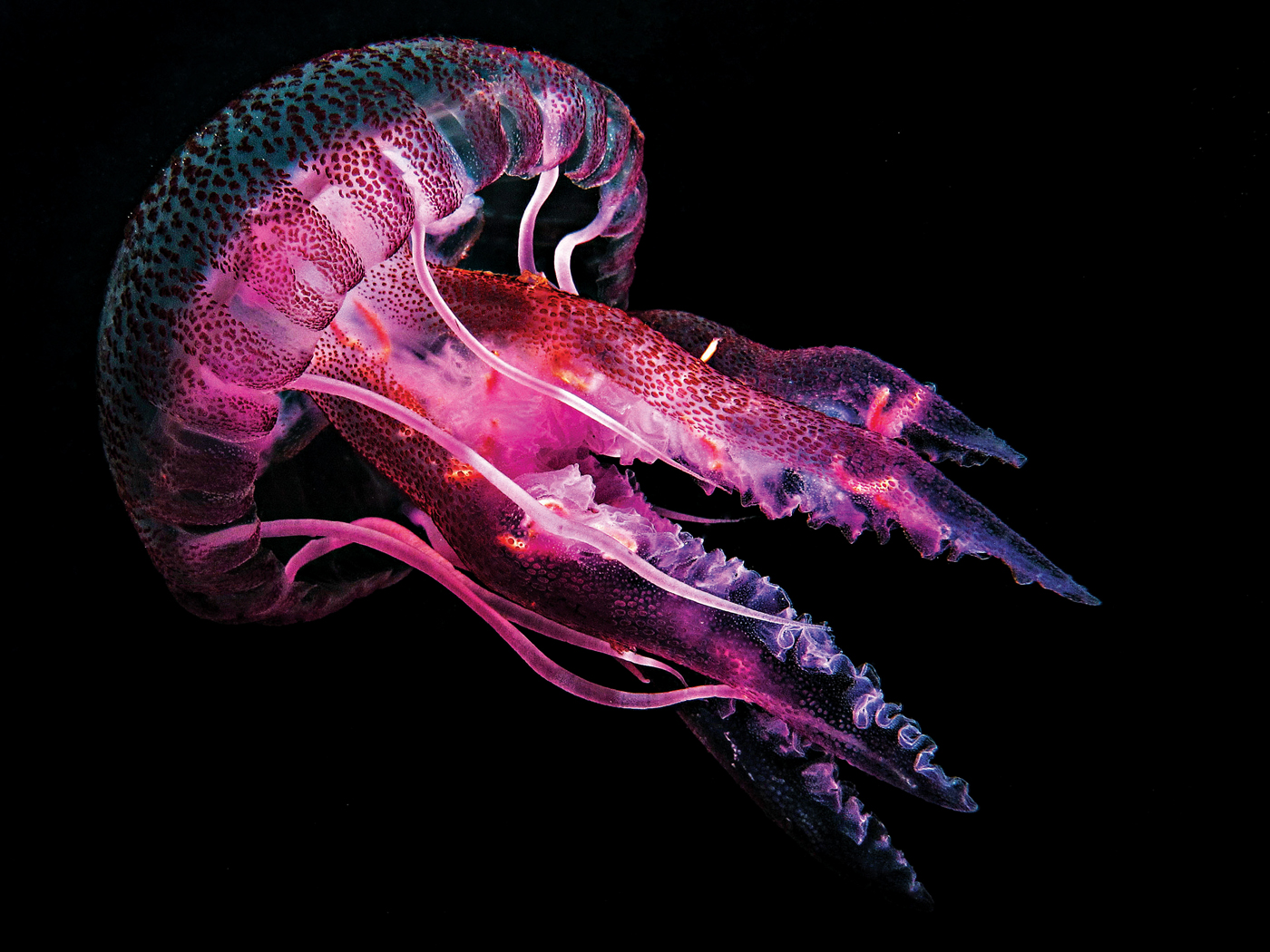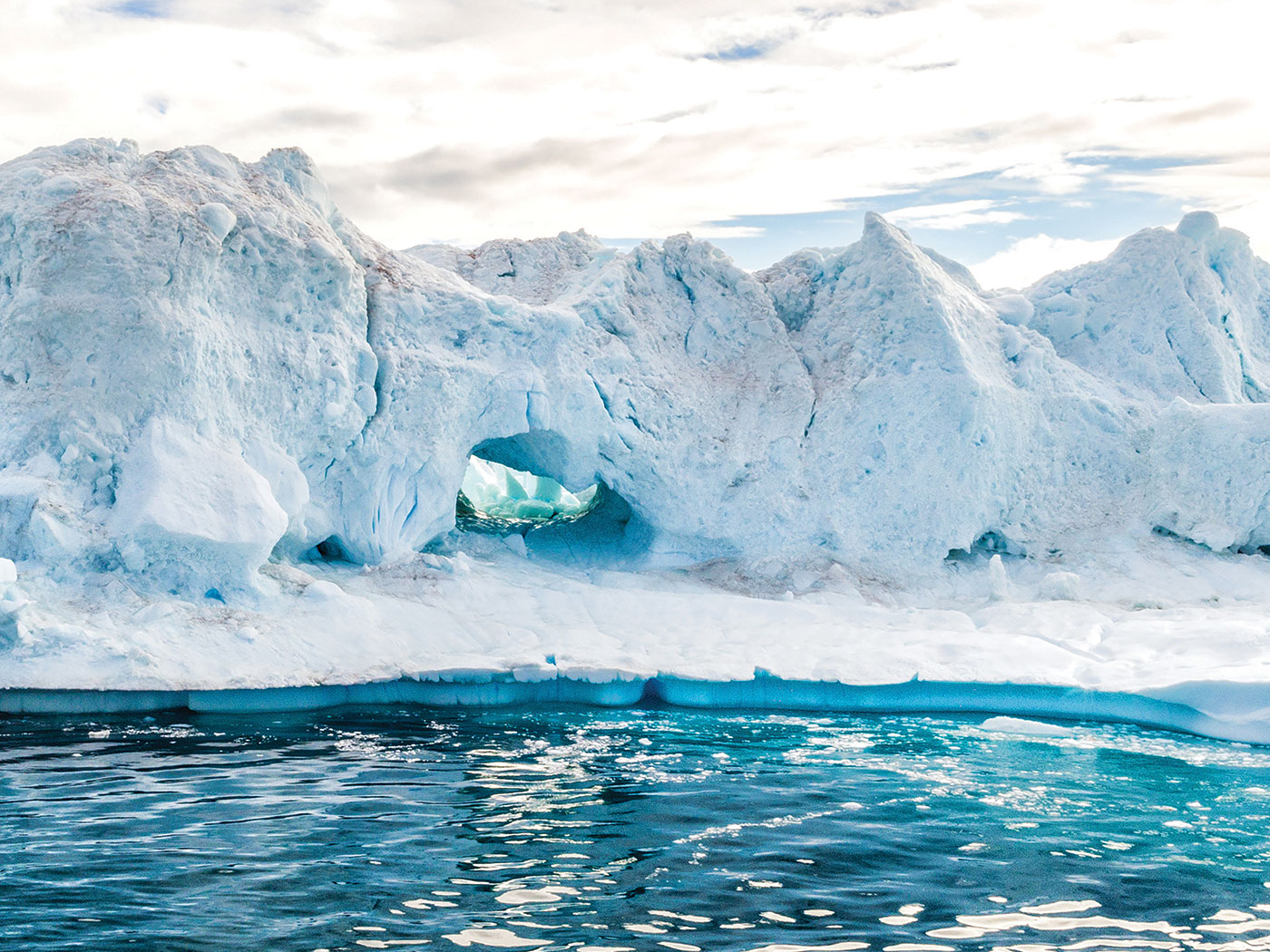Recent research on the flying behavior of Alaskan alcids shows how Earth has two kinds of fluid-filled “oceans”, the liquid ocean of sea-water and the gaseous “ocean” of air.1-3 (Alcids are auk-like birds, such as murres, guillemots, and puffins.)
Maybe you don’t think of Earth’s atmosphere as an “ocean” of air, but creation-science pioneer Matthew Maury did. In fact, Maury is famous for his scientific breakthroughs in oceanography, which analyzes ocean sea-water dynamics—and also in meteorology, which analyzes atmospheric dynamics.3 He wrote,
It’s all about fluid mechanics, including avian applications for efficient motions inside both “oceans.”
This recent study included videographic documentation of flying, diving, and swimming by murres, guillemots, and puffins.
But would evolution predict that alcids are fitted for such efficiency?
But the evolutionists guessed wrong when they suspected that these Alaskan alcids would be inefficient when moving in both fluid “oceans.”
Thus, because God designed alcids to move in both fluids—liquid sea-water and gaseous air currents—God brilliantly programmed how they move in those two fluid environments.4
This mobile efficiency surprises evolutionists, but not creationists. As secular scientists wrote,
In 2017, ICR scientist Frank Sherwin wrote,
In fact, long ago, the Scriptures mentioned the magnificent ability of birds to fly, taking advantage of flowing air currents according to their availability.5
It should never surprise Christians to learn that God has carefully and caringly designed and bioengineered birds—all over the world—to fit and to fill their respective habitats, even in this fallen world.
Also it should not surprise Christians when evolutionists fail to give God credit for His handiwork—because not having “eyes to see” God’s Creatorship, evolutionists routinely imagine optimized biological behaviors (like alcids swimming, diving, and flying) as accidental products of evolution—as if merely using the word “evolution” somehow justifies believing that blind mindless luck did it all.6,7
References
1. Staff Writer. Scientists Shed New Light on How Seabirds Cruise through Air and Water. Science Daily. June 30, 2020, accessed July 14, 2020.
2. Lapsansky, A., D. Zatz, and B. W. Tobalske. 2020. Alcids 'Fly' at Efficient Strouhal Numbers in Both Air and Water, But Vary Stroke Velocity and Angle. eLife. doi: 10.7554/eLife.55774
3. Maury, M. F. 1855. The Physical Geography of the Sea and its Meteorology. Mineola, NY: Dover Publications, Inc. (2003 reprint of Harvard University Press’s Belknap Press 1963 edition, including some revisions from Maury’s 8th edition published in 1861), 23-37, with quotations from page 23.
4. Enticott, J., and D. Tipling. 1997. Seabirds of the World. Mechanicsburg, PA: Stackpole Books, 213-227, especially pages 214-217 (murres and guillemots) and 226-227 (puffins). See also Kikuchi, D. M., Y. Watanuki, N. Sato, et al. 2015. Strouhal Number in Flying and Swimming in Rhinocerous Auklets Cerorhinca monocerata. Journal of Avian Biology. 46: 406-411. Penguins, like alcids, “fly” underwater, see Watanuki, Y., S. Wanless, M. Harris, et al. 2006. Swim Speeds and Stroke Patterns in Wing-propelled Divers: A Comparison among Alcids and Penguins. Journal of Experimental Biology. 209: 12117-1230.
5. The Hebrew verb paras used in Job 39:26, for the hawk’s wind-harnessing flight, is also used in Isaiah 33:23, to describe wind-harnessing of boat-sails in sea-water. See Johnson, J. J. S. 2018. Hawks and Eagles Launching Skyward. Acts & Facts. 47(4): 21, especially Footnote 5. Eagles can fly, like dive-bombing airplanes, at great speeds (see 2 Samuel 1:23 and Lamentations 4:19). See also Johnson, J. J. S. 2008. Alaska’s Coastal Rainforests and Two of its Rangers, the Bald Eagle and the Alaska Moose. Dallas, TX: NWQD Press/RCCL’s Radiance of the Seas, pages 10-11.
6. 1 Timothy 6:20.
7. Johnson, J. J. S. 2010. Survival of the Fitted: God’s Providential Programming. Acts & Facts. 39(10): 17-18.
8. Sherwin, F. 2017. Architecture and Engineering in Created Creatures. Acts & Facts. 46(10): 10-12.
*Dr. Johnson is Associate Professor of Apologetics and Chief Academic Officer at the Institute for Creation Research.







